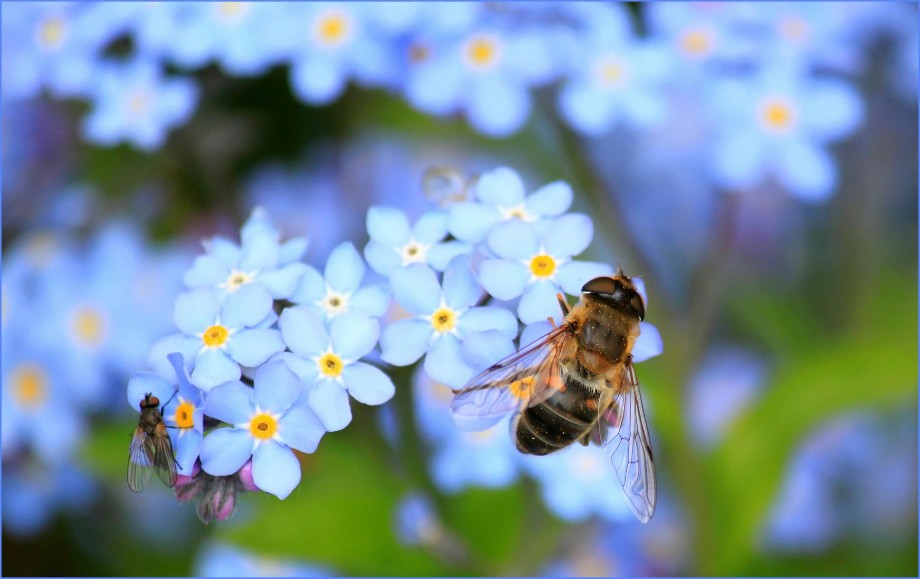Bees as the Beating Heart of Biodiversity
The story of Britain’s pollinators is a sobering one. Since 1980, pollinator populations have plummeted by 24%, mirroring the staggering loss of 97% of flower-rich grasslands. And here’s the kicker: 80% of Britain’s wild plants rely on insects like bees for pollination. It’s clear that bees are more than just busy workers; they’re a keystone species—linchpins in the delicate balance of our ecosystems.
But it’s not all doom and gloom. Wild bees, with their remarkable adaptability, have shown an 18% increase in distribution during this same period. Their resilience reminds us of nature’s capacity for renewal—if we step up and monitor these tiny heroes.

Listen to the Buzz: The Rise of Acoustic Monitoring
Gone are the days of relying solely on manual surveys or clunky traps to understand pollinator activity. Enter the cutting-edge Polly 2.5 device from Agrisound for example—a game-changer in biodiversity monitoring.
Powered by the sun and equipped with advanced bioacoustic sensors, Polly continuously tracks pollinator activity alongside key environmental metrics like temperature, humidity, and light. The result? A treasure trove of real-time, actionable data for land managers.
Why choose acoustic monitoring?
- Precision: Detect pollinator activity down to the second.
- Sustainability: No invasive trapping or costly manual labor.
- Comprehensiveness: Gain insights into your site’s broader environmental health.
Bees as Biodiversity Barometers
As indicator species, bees are incredibly sensitive to environmental shifts, making them natural gauges for biodiversity health. They reflect:
Habitat quality: Are your landscapes thriving or struggling?
Landscape connectivity: Is your ecosystem fragmented or flourishing?
Environmental balance: Bees interact across soil, water, and flora, weaving a web of ecological interdependence.
From Data to Action: Real-World Impact
Early adopters of pollinator monitoring technology are already seeing transformative results.
- Fruit Farmers: Harness data to boost productivity and profits.
- Arable Farmers: Establish pollinator baselines that validate conservation practices.
- Landowners: Use pollinator data to meet biodiversity regulations and showcase environmental stewardship.
Take the example of Crowns Farm in Cranswick. In November 2024 alone, bioacoustic sensors captured a staggering 34,000 seconds of wild bee activity. These insights help drive meaningful progress in farm sustainability and conservation.
Why Pollinator-Friendly Land is Healthier Land
When pollinators thrive, ecosystems come alive. Studies show that enhancing habitats for pollinators improves air, water, and soil quality—not to mention benefits for countless plants and animals.
Consider this: sites using acoustic devices in rewilding projects have documented up to 40% surges in pollinator activity. These aren’t just numbers; they’re tangible proof of biodiversity bouncing back.
Take the Next Step: Become a Biodiversity Champion
Take the next step and become a biodiversity champion in a world where sustainable land management is no longer optional. Adopting pollinator monitoring systems is essential for tracking ecosystem health with precision, guiding conservation efforts through real-time insights, validating environmental stewardship for ESG reporting, and ensuring compliance with biodiversity regulations. Monitoring bees is about more than saving pollinators; it’s about securing the future of your land and the life it nurtures. The time to act is now. Together, we can cultivate resilient, biodiverse landscapes—one furry little friend at a time.
